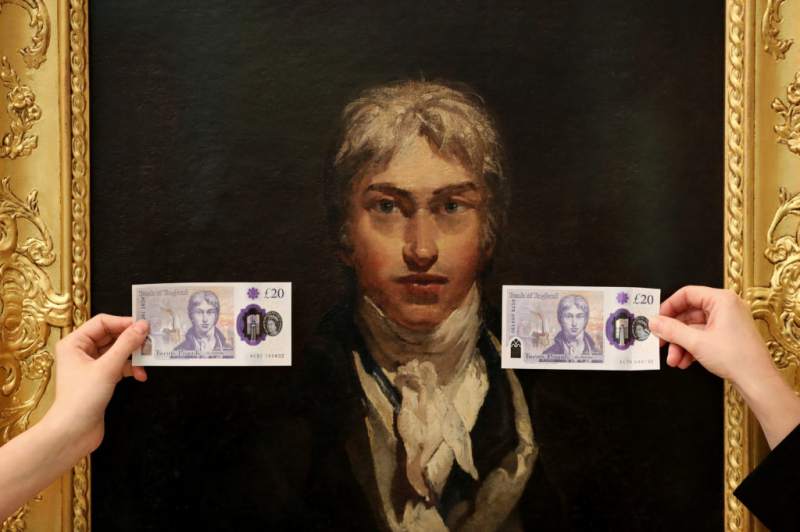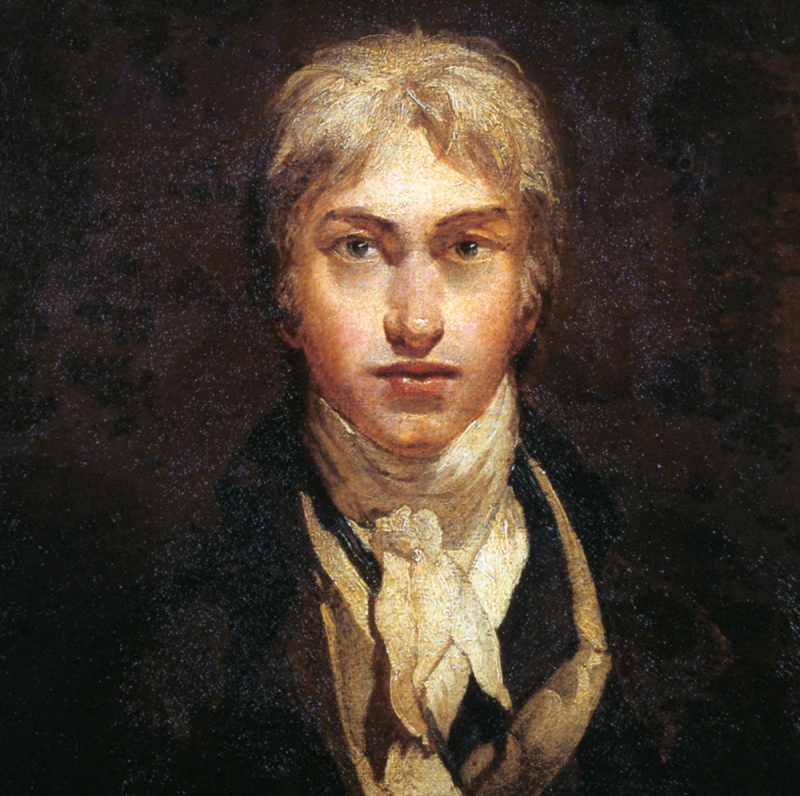J. M. W. Turner is one of the most famous British painters
At the beginning of his career, Turner became a highly sought-after artist. Walter Ramsden Fawkes (1769–1825), a prominent patron in his early 20s who resided at Farnley Hall, frequently extended invitations for him to visit Otley in Yorkshire. Through the course of their friendship, Turner frequently traveled to Yorkshire. Turner's influence on artists as different as Monet and Rothko only serves to highlight his significance both then and today. There is something in Turner's art for everyone, from Romanticism to pre-Impressionism, watercolors to oils, architectural intricacies to turbulent seascapes.
His works frequently emphasized the power of nature in fresh ways, rendering the human form and everything else humans had created appears little and frail in contrast. Railway trains and steamships are extensively depicted in Turner's artwork, hinting at a recurring obsession with these aspects of contemporary life that would appear in the works of later generations of artists. Turner also included new motifs from the industrial period in his works of art.
During his lifetime, he produced more than 30,000 sketches, more than 2,000 watercolor paintings, and more than 500 oil paintings. J. M. W. Turner's one of the most famous British painters and is also regarded as one of the best landscape painters of all time. In his honor, the acclaimed annual Turner Prize for art was established in 1984. In a BBC survey conducted in 2005, Turner's 1838 masterwork The Fighting Temeraire was chosen as the nation's favorite painting. J.M.W. Turner will be featured on the next £20 note, the Bank of England said in April 2016.













